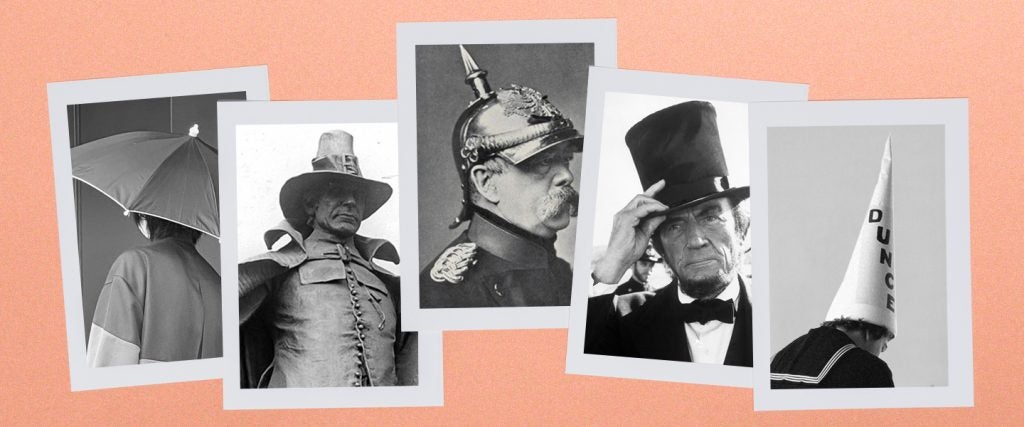I know that I should have much greater concerns about the Pilgrims. From their puritanical beliefs to their countless offenses against the native people of this country, there’s plenty to dislike about them and what they stand for. Yet, when Thanksgiving rolls around and I start seeing cherubic Pilgrim imagery everywhere, all I can think about is their stupid fucking hats.
So, rather than honoring the Pilgrims by propagating their bullshit Thanksgiving story, I’d like to focus on their ridiculous buckle hats instead. I’ll also be judging them mercilessly alongside some of history’s other most absurd headgear, which is exactly the tribute the Pilgrims deserve, anyway.
Pilgrim Hat
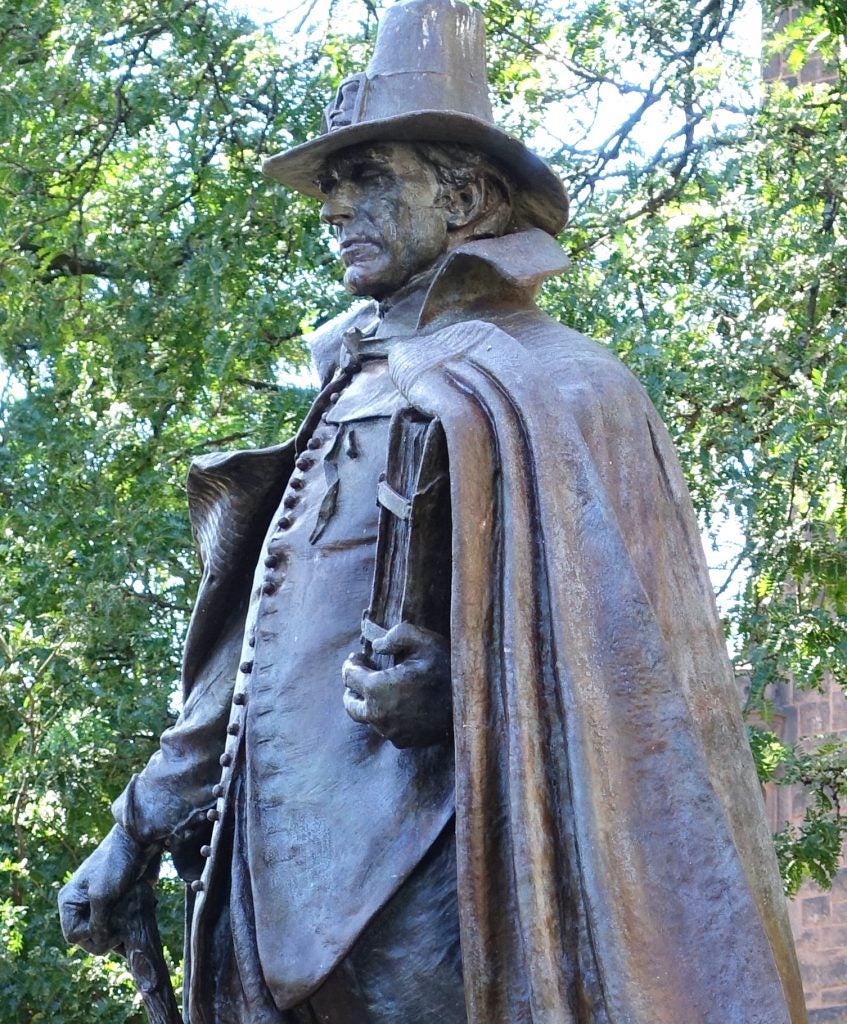
As Worn By: Samuel Chapin, one of the settlers of Springfield, Massachusetts, and the subject of the famous statue, The Puritan by Augustus St. Gaudens. The statue was commissioned by a descendant of Chapin and unveiled in 1887, more than 200 years after Chapin’s death. When construction of the statue begun, no likeness of Chapin existed, so what he looked like — and whether or not he wore that stupid hat — is speculative at best, though he likely didn’t wear it at all. I mean, look at it. It’s just fucking dumb.
Stupid Hat History: Pretty much everything that you know about Pilgrim attire, including those hats, is entirely wrong. As opposed to the entirely black-and-white clad Pilgrims we picture, they did indeed wear color, just like other English people did in the early 1600s. However, formal attire was generally black, and that’s what people would wear when getting their portrait painted, which, from a historical perspective, distorts how often they’d dress that way.
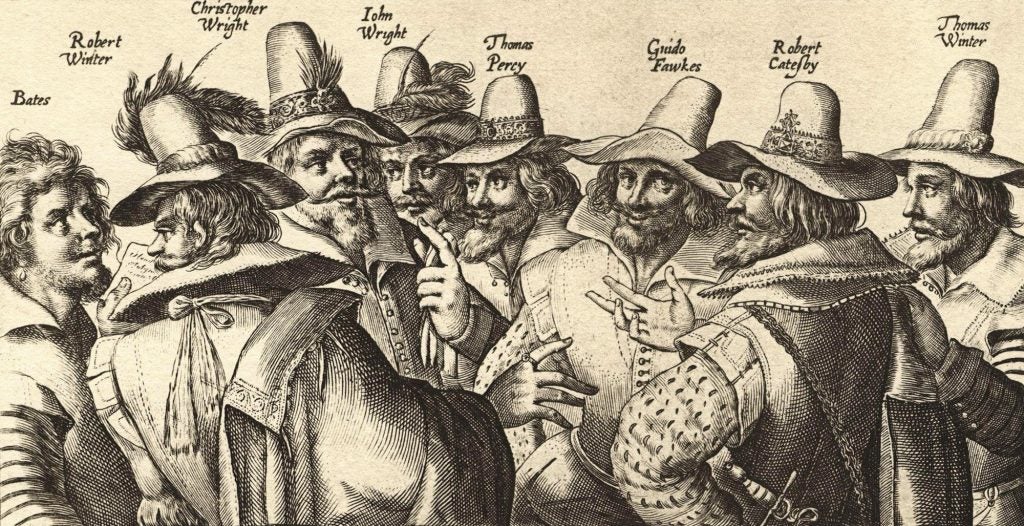
As for those hats, Pilgrims generally wore a hat known as a “capotain,” which did kind of look like the classic Pilgrim hat, but didn’t have buckles. Buckles came into fashion on hats decades later in England, but when Pilgrim imagery and mythology started to be depicted in the Victorian era, their fashion styles from the early 17th century were conflated with typical English gear. As a result, we now picture the Pilgrims in these dumb buckle hats, even though they never really wore them. That’s okay though, as these images do offer a small degree of karmic justice for all of the misdeeds the Pilgrims committed in their time.
Dunce Cap

As Worn By: Calvin in Calvin and Hobbes, whose teacher, by the way, is an asshole
Stupid Hat History: Hats that were intended to look stupid are not on this list, which is why you won’t see things like the propeller beanie or this stupid cheese hat. At first, I figured dunce caps were created to make mischievious kids look dumb in front of their friends, but the dunce cap was actually invented in good faith by philosopher-priest John Duns Scotus.
Scotus’ teachings of a metaphysical god were popular during the late 1200s and early 1300s, and “Dunsmen” was the name given to his most devoted followers. Scotus believed that a cone-shaped cap, much like a wizard’s cap, would create what Slate describes as a “a reverse funnel for knowledge.” By the 1600s however, Scotus’ teachings were seen as silly and outdated, and so “Dunsman” became “dunce” and Scotus’ headgear became a symbol of shame and stupidity.
Fast-Food Paper Hat

As Worn By: The squeaky-voiced teen in The Simpsons, which is also who anyone looks like when they’re wearing a paper hat
Stupid Hat History: In 1921, restauranteur Walter Anderson opened the first White Castle, which later became the first fast-food chain. Among countless other innovations — including using frozen patties and offering coupons — Anderson gave his employees paper hats to wear, and even created the Paperlynen Company to manufacture them.
They became popular in the 1950s and are still worn by employees of some restaurants, like In-and-Out Burger, to evoke an old-timey feel. There may be some element of nostalgia to that uniform, but pop culture has mostly associated paper hats with miserable teenagers in underpaid fast-food jobs.
Top Hat
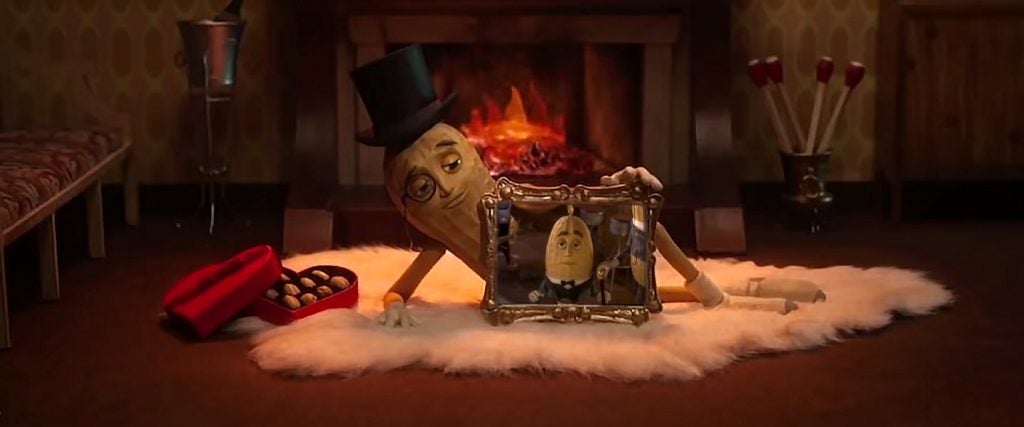
As Worn By: Abe Lincoln, the Monopoly Man and that problematic gay capitalist Mr. Peanut
Stupid Hat History: Seriously, there’s no good reason for a hat to be this tall. The only reason they’re like that was because they were designed to denote status and to look important upon their wearer. That’s a pretty obnoxious function for a hat to have, and I hate them.
There is a legend that goes with the origin of the top hat, though. It claims that its inventor, hatmaker John Hetherington, caused an uproar on the streets of England when he first wore it, as people found it intimidating — it even says he was hauled into court over it. That story — and Hetherington for that matter — seems to be entirely made up, and the exact origins of the top hat are unclear (though it may have descended from the capotain hats that the Pilgrims wore).
What is known is that it was popularized by the famous English dandy, Beau Brummell, who was a British fashion icon in the early 1800s. While originally a status symbol, it eventually began to be worn by everyone, and fell out of fashion in the early 1900s. The only real holdouts nowadays are cornball magicians and steampunk cosplayers, which pretty much guarantees that it’ll never be fashionable again.
Umbrella Hat
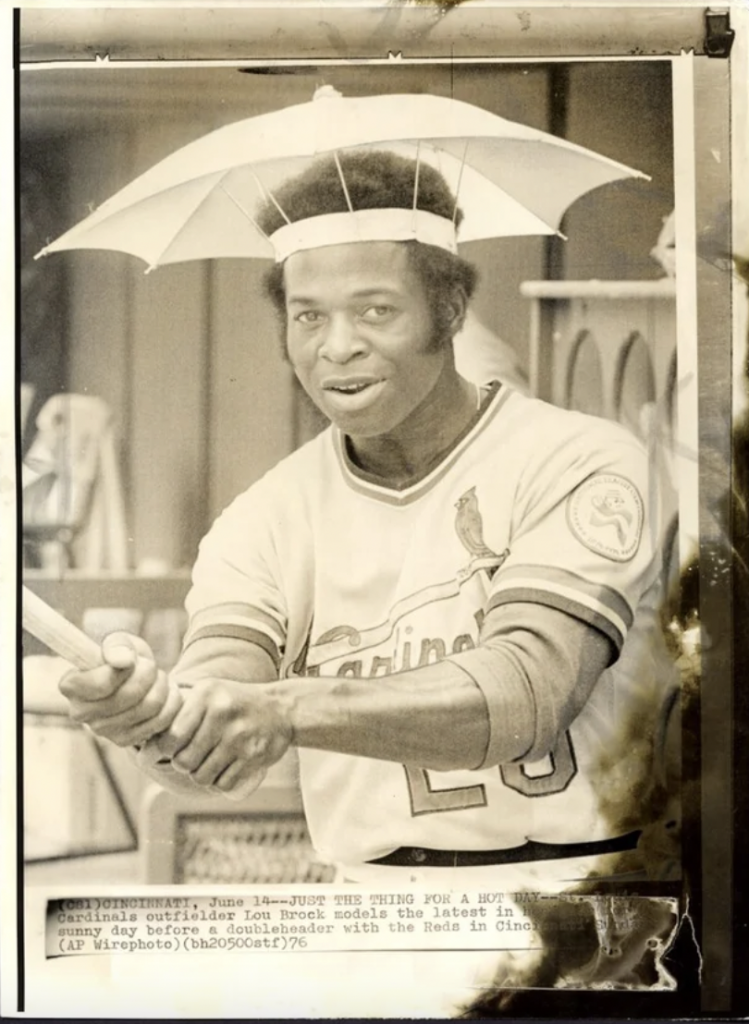
As Worn By: Baseball Hall of Famer Lou Brock, who actually managed to make it look cool for a couple of years
Stupid Hat History: Much like the dunce cap, it’s hard to imagine that the umbrella hat was ever intended to be a serious bit of headgear, but it was. Though it’s precise origins are unclear, the hat was popularized in the 1790s by a Seattle eccentric named Robert W. Patten, who became a fixture in the city for his wild stories. Among Patten’s tales was that he invented the umbrella hat while prospecting in Mexico, finding it to be the perfect hat to protect from rain as well as sunshine. The hat never caught on, except for a brief period in the late 1970s when St. Louis Cardinals outfielder Lou Brock began selling them.
Its popularity was short-lived, though. Before long, the umbrella hat became a laughing stock thanks to another ballplayer — Chicago Cubs outfielder Jay Johnstone — who notoriously wore one with his mouth agape on a 1984 Topps baseball card. This may have hurt the sales of Brock’s “Brockabrella,” but it did put the universe back in balance as the umbrella hat has remained uncool since.
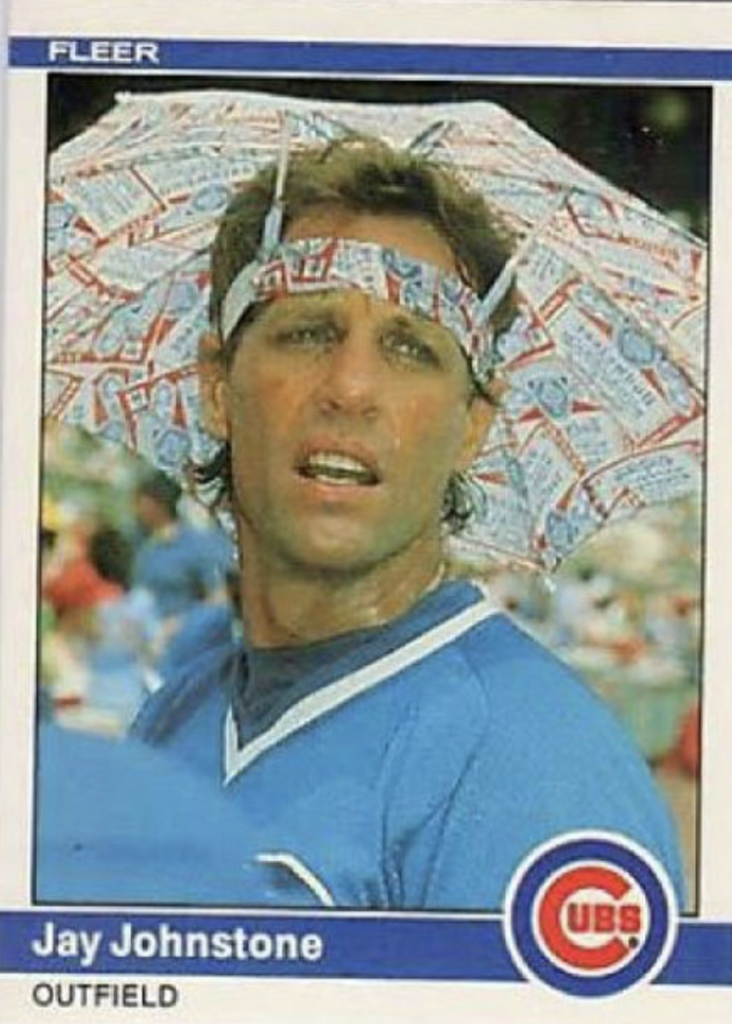
Horned Viking Helmet
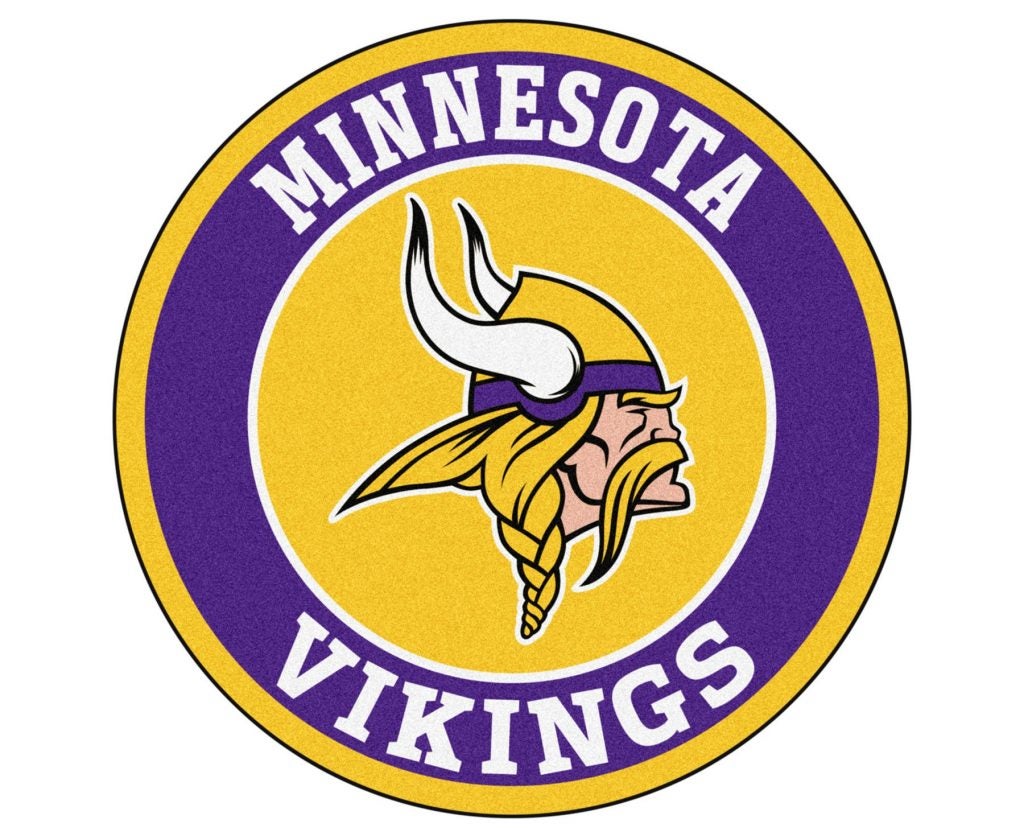
As Worn By: The Minnesota Vikings logo
Stupid Hat History: Much like the stupid Pilgrim buckle hat, the horned Viking helmet is bullshit. The Vikings did wear helmets, but horns would be pointless and impractical in battle. The image of horned viking helmets became popular in 19th-century operas, particularly in Richard Wagner’s The Ring Cycle, though they were a product of the costume designer, not him.
I’m not one for operas, so I’d like to point out my personal favorite depiction of the horned Viking helmet, as worn by Elmer Fudd in the classic Looney Tunes short, “What’s Opera Doc?” It properly highlights this headgear as being ridiculous.
Pickelhaube
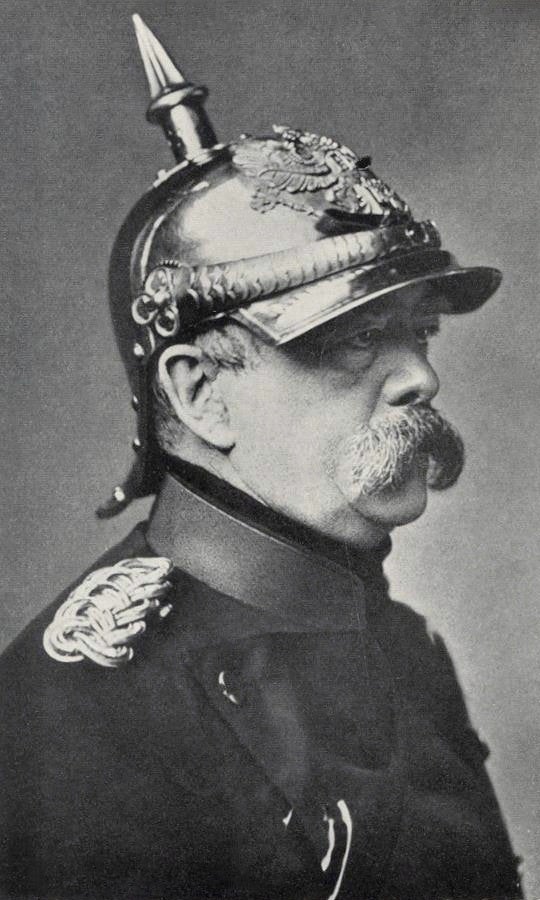
As Worn By: Otto Von Bismarck, pointy helmet enthusiast and all-around party animal
Stupid Hat History: In 1842, King Frederick William IV of Prussia introduced a royal cabinet order for all of his infantrymen to begin wearing the pickelhaube as part of their uniform. It’s unclear if he was copying a similar Russian helmet, or if he just thought they looked cool, but the helmet would prove to be popular and stick around for nearly a century, despite the fact that it looked like a soldier had been impaled in the center of his head. These helmets were so impractical that some were eventually modified to have a knob at the top because the spikes kept injuring their horses. Ugh.
Fedora
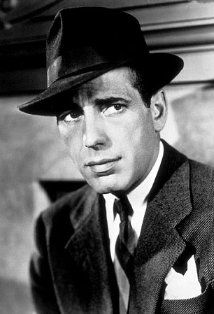
As Worn By: Humphrey Bogart, and every other cool dude in the 1930s
Stupid Hat History: Originally marketed to women in the 1880s, the fedora was popularized by actress Sarah Bernhardt and gained its name from a 1882 play she starred in named Fédora. It began to be popular men’s fashion in 1924 when Britain’s Prince Edward started wearing one, and before long, it was the preferred headwear of men in America and Britain, particularly in urban areas. It stuck around for a couple of decades, but faded in popularity in the 1950s and 1960s. Some even blame JFK for its downfall, because he failed to wear a hat for his inauguration in 1960.
For the record, I must admit that I think the fedora is a rather cool hat, and I’ve only included it here because society as a whole has decided that only douchebags wear them. I even — and I hesitate to admit this — would occasionally wear a fedora myself about a decade ago, and I still own a few of them. Why? I don’t know, but as a lover of old movies, I probably thought it was cool to look like an old-timey private eye or newspaper reporter.
Over the last few years in particular, I’ve heard more and more people — including some of my own colleagues — deride the fedora, but I’d like to come to its defense and declare that the fedora is a cool hat even if it isn’t presently in fashion. I’ve suffered in silence long enough.
